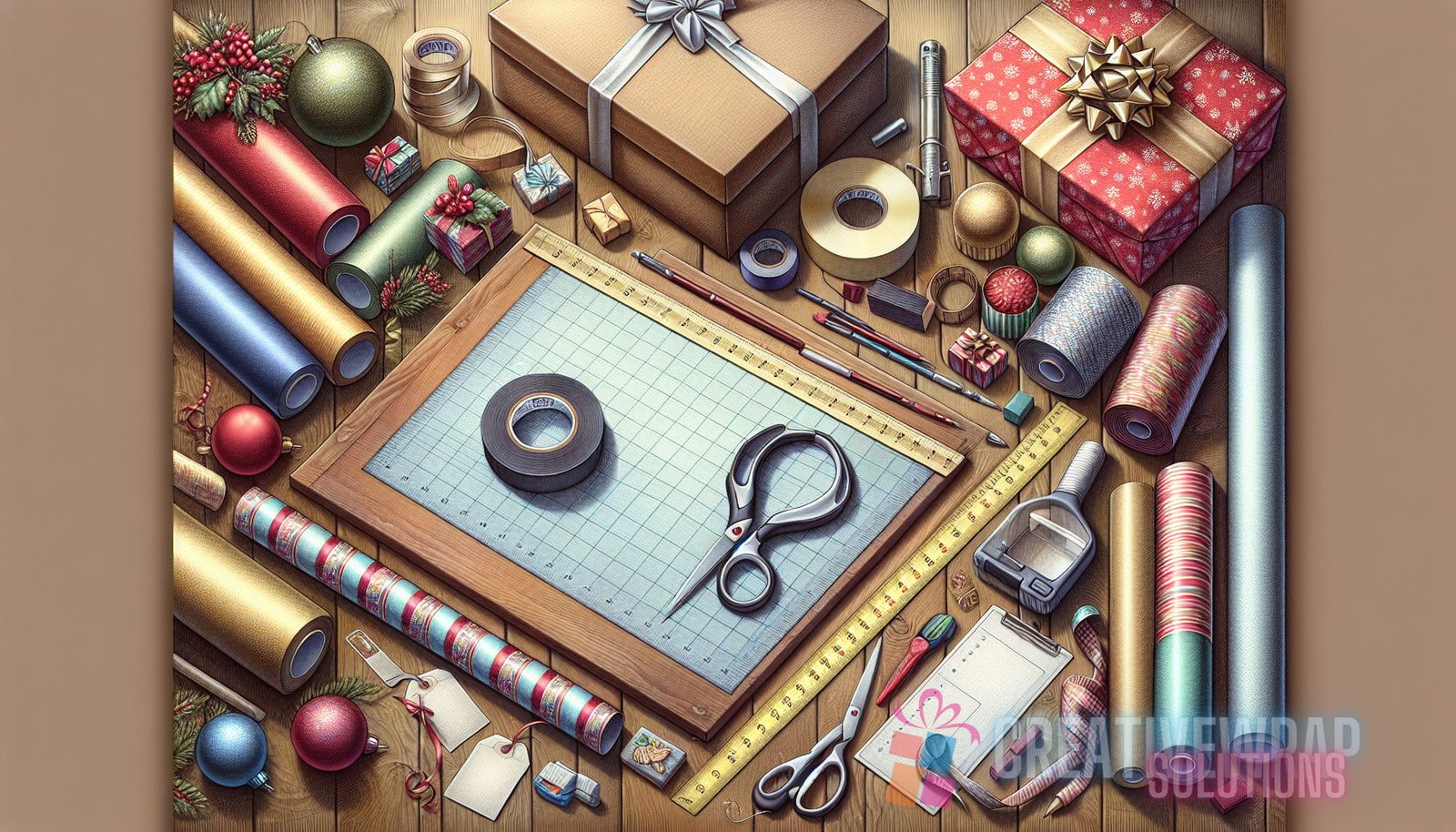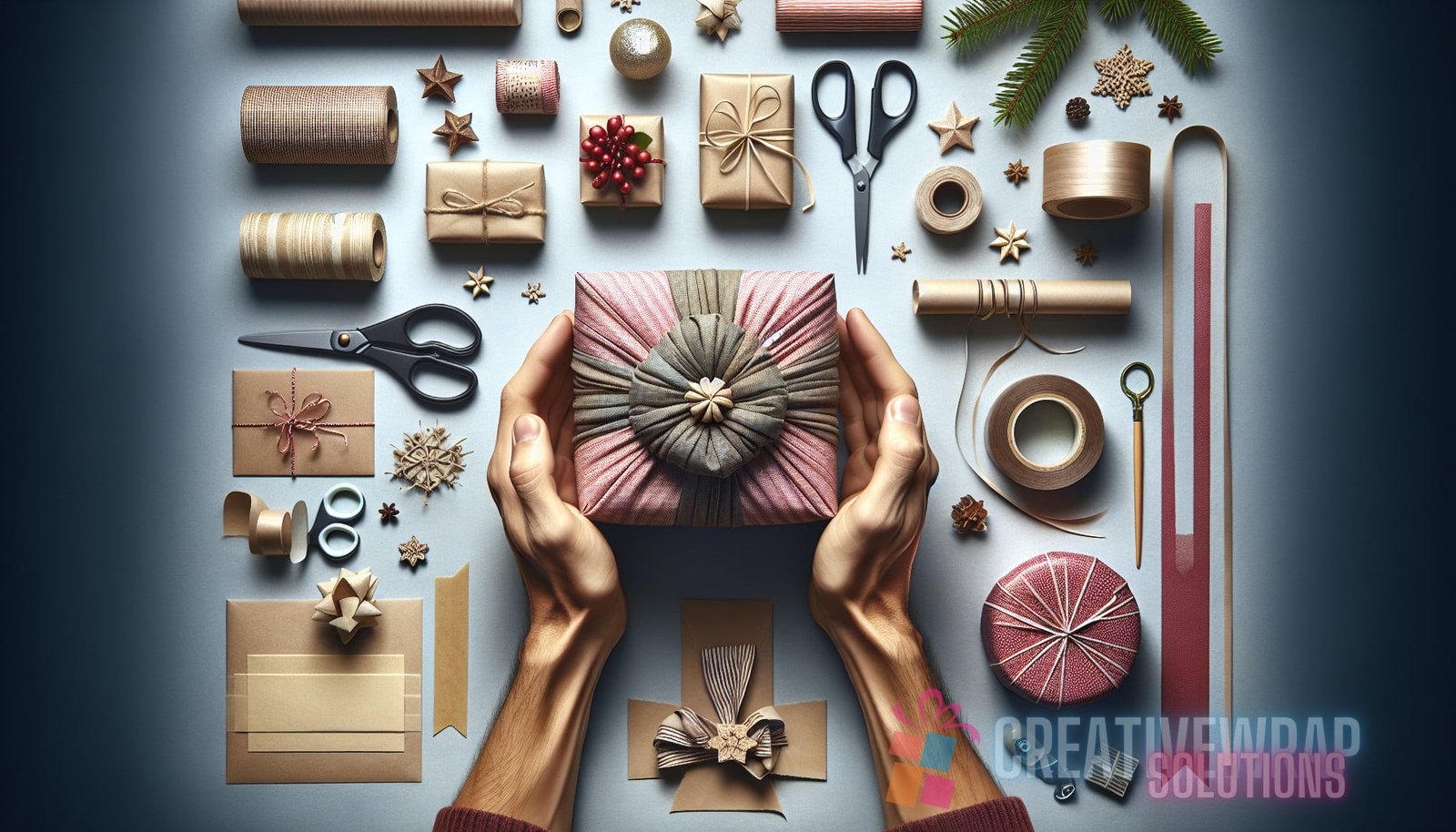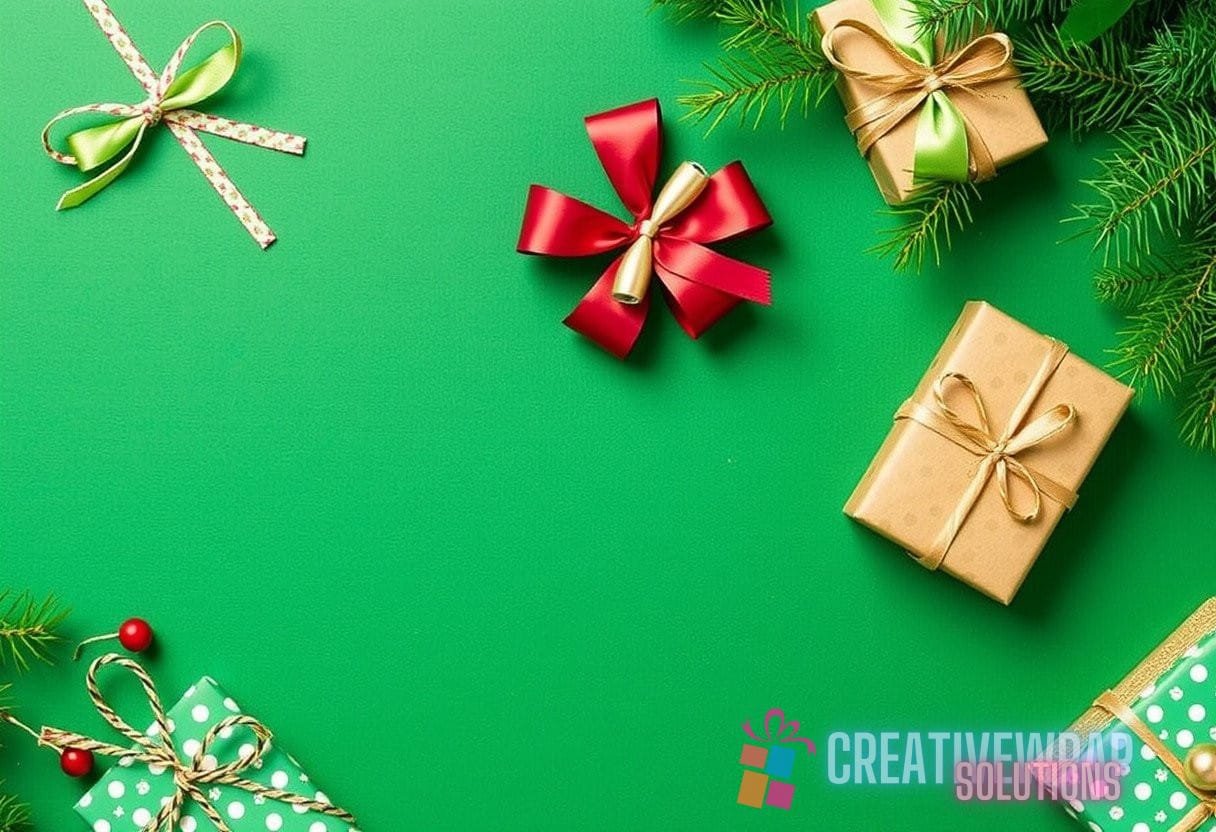Introduction
When it comes to gift-giving, the presentation is just as important as the gift itself. A beautifully wrapped present can create anticipation and excitement, making the recipient feel special and loved. However, mastering the art of gift wrapping is not an easy task. It requires attention to detail, creativity, and a few trade secrets. In this guide, we will uncover the illusive art of gift wrapping and reveal the secrets to mesmerizing presentations. Whether you’re a beginner or a seasoned wrapper, this guide will help you elevate your gift wrapping skills and become a gift wrapping master.
The Importance of Gift Wrapping
Gift wrapping is the practice of enclosing a gift in decorative or ornamental paper, fabric, or other material. While it may seem like a simple task, gift wrapping serves several purposes and has a significant impact on the overall gift-giving experience. Here are some reasons why gift wrapping is important:
- Giving the gift extra value: A well-wrapped gift shows that the giver has put thought and effort into creating a special presentation. It enhances the perceived value of the gift and adds a touch of luxury.
- Creating anticipation and excitement: Wrapping a gift adds an element of surprise and mystery. The recipient gets to enjoy the excitement of unwrapping and discovering what’s inside.
- Expressing love and care: Gift wrapping is a way to show the recipient that they are special and loved. It demonstrates that you have taken the time to make the gift look beautiful and presentable.
- Setting the tone for the occasion: The wrapping paper, ribbons, and bows can be chosen to match the theme or mood of the event or celebration. It sets the tone and adds to the overall ambiance of the occasion.
Gift Wrapping Materials
To achieve gift wrapping mastery, it’s crucial to have the right materials. Here are the essential materials you will need to create mesmerizing gift presentations:
- Wrapping paper: Choose high-quality wrapping paper with vibrant colors or appealing patterns. Consider the occasion or the recipient’s preferences when selecting the design.
- Gift boxes: Gift boxes provide a sturdy and professional-looking option for gift wrapping. They come in various shapes, sizes, and colors, making it easy to find the perfect fit for your gift.
- Ribbons and bows: Add a touch of elegance and flair to your gift with colorful ribbons and bows. Satin, grosgrain, or velvet ribbons are popular choices.
- Scissors: A good pair of scissors is essential for precise cutting and trimming of wrapping paper and ribbons.
- Tape: Use double-sided tape or clear adhesive tape to secure the wrapping paper and ribbons in place.
- Additional embellishments: Get creative with additional embellishments such as stickers, glitter, dried flowers, or personalized gift tags to add a unique and personal touch to your presentation.

The Gift Wrapping Process
Now that you have the essential materials, let’s dive into the gift wrapping process. Follow these step-by-step instructions to create mesmerizing gift presentations:
Step 1: Measure and Cut the Wrapping Paper
To start, measure the size of the gift box or the item you are wrapping. Add a few extra inches to ensure that the wrapping paper fully covers the gift. Use a ruler or measuring tape for accuracy. Once measured, cut the wrapping paper to the desired size.
Step 2: Wrap the Gift
Lay the wrapping paper on a flat surface with the pattern facing down. Place the gift box or item in the center of the paper. Pull one side of the wrapping paper tightly over the gift and secure it with tape. Repeat this process with the other side, making sure there are no wrinkles.
Step 3: Create Neat Corners
To create neat corners, fold the excess paper on one side into a triangular shape. Fold the edge of the paper tightly against the gift, forming a crisp corner. Repeat this process on all four corners and secure them with tape.
Step 4: Add Ribbons and Bows
Now it’s time to add ribbons and bows to your gift for an extra touch of elegance. Measure the length of the ribbon by wrapping it around the gift box. Cut the ribbon and tie it into a bow or create a fancy bow using multiple ribbons. Attach the bow to the gift using tape or by tying it securely.
Step 5: Embellish and Personalize
Take your gift wrapping to the next level by adding embellishments and personal touches. Use stickers, glitter, or dried flowers to create a unique design on the wrapping paper. Attach a personalized gift tag with a heartfelt message. Get creative and let your imagination run wild!
Advanced Gift Wrapping Techniques

Once you’ve mastered the basic gift wrapping process, you can elevate your skills with some advanced techniques. These techniques will take your gift wrapping game to the next level and impress even the most discerning recipients. Here are a few advanced gift wrapping techniques to try:
Japanese Furoshiki Wrapping
Furoshiki is a traditional Japanese wrapping technique that uses a square piece of fabric to wrap gifts. The fabric can be folded and tied in various ways to create unique and beautiful presentations. This eco-friendly technique is not only visually stunning but also sustainable. It eliminates the need for disposable wrapping paper, making it an excellent choice for environmentally conscious gift wrappers.
Box-in-a-Box Wrapping
For an unexpected and delightful surprise, try the box-in-a-box wrapping technique. This technique involves placing the main gift inside a series of nested boxes of varying sizes. As the recipient unwraps each box, they will discover another box, heightening the anticipation. The final box reveals the ultimate gift, creating a memorable and exciting experience.
Theme-Based Wrapping
Create a cohesive and themed gift presentation by incorporating matching wrapping paper, ribbons, and embellishments. Choose a theme that resonates with the recipient’s interests or the occasion. For example, if you’re giving a gift related to cooking, use wrapping paper with kitchen utensil patterns and tie it with a chef’s hat ribbon. The theme-based wrapping adds an extra layer of thoughtfulness and personalization to your gift.
Conclusion
Gift wrapping is an art form that requires attention to detail, creativity, and a few trade secrets. With the right materials, techniques, and a touch of imagination, you can create mesmerizing gift presentations that will delight and surprise the recipients. Whether you’re a beginner or a seasoned wrapper, this guide has provided you with the necessary tools to enhance your gift wrapping skills and achieve gift wrapping mastery. So, the next time you have a gift to give, remember to take the time and effort to create a beautiful presentation that will make your gift truly unforgettable.
Internal Links:
- Craft Unique DIY Gift Bags with this Step-by-Step Tutorial
- Craft Stunning DIY Gift Bags: Step-by-Step Tutorial for Unique Gift Wrapping
External Link:
For more information on the history of gift wrapping, you can visit Wikipedia.



